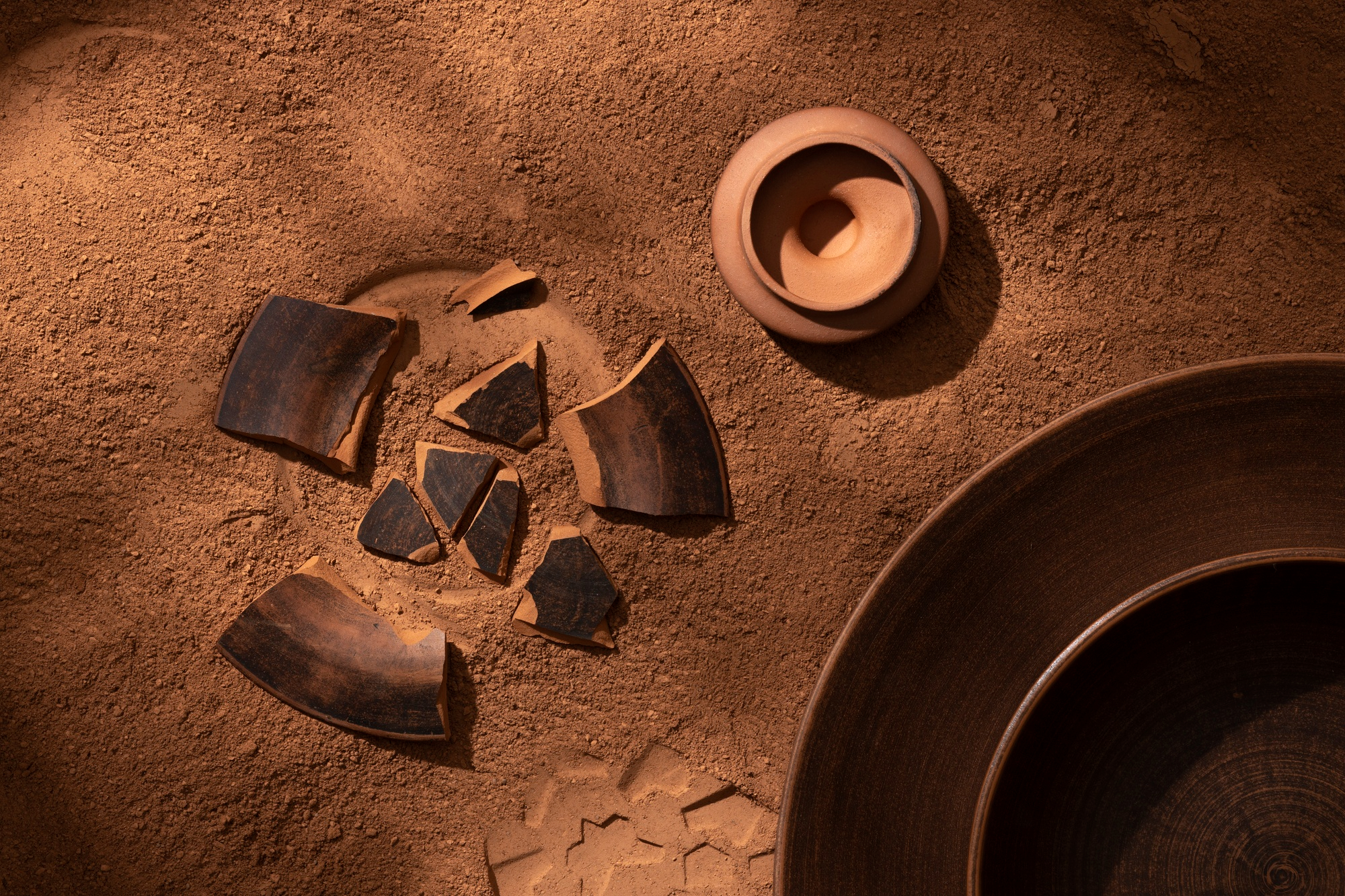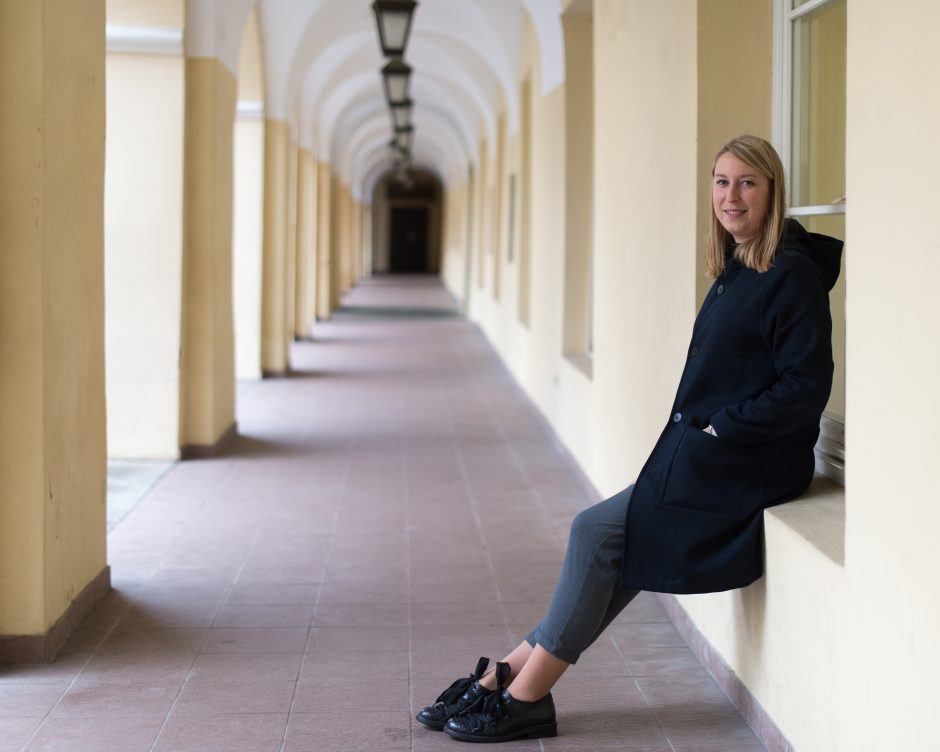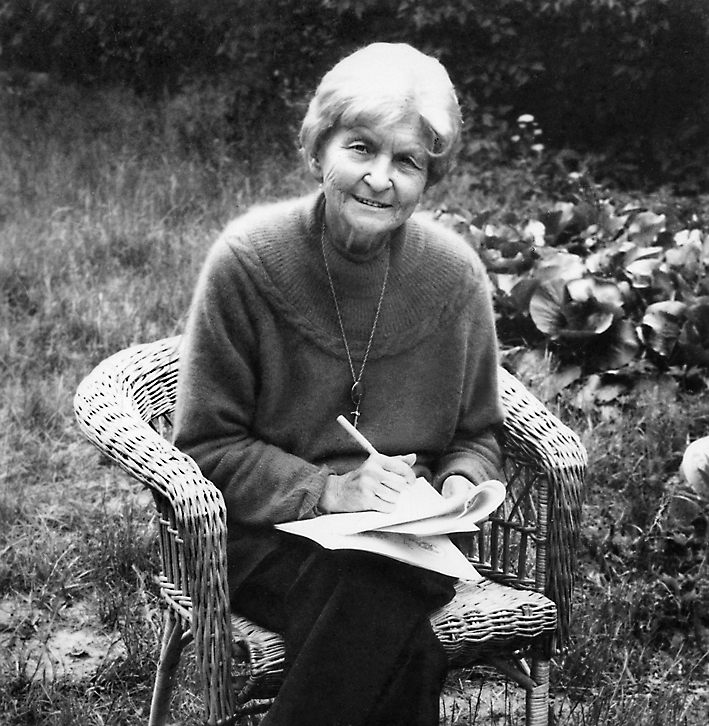Agnė Žilinskaitė, Lecturer at the Faculty of History of Vilnius University: There Are Plenty of Women in the Stereotyped Field of Archaeological Science

On 11 February, the world celebrates the International Day of Women and Girls in Science. Archaeologist Agnė Žilinskaitė, a lecturer at the History Faculty of Vilnius University (VU) and the Chairperson of the Lithuanian Archaeological Society, talks about one of the most famous Lithuanian female scientists in the world and about why society often thinks that the profession of an archaeologist is ‘masculine’, although more women than men choose this career.
A revolutionary in Archaeology
Archaeologist Prof. Marija Birutė Gimbutienė (1921–1994), just like the anthropologist Birutė Galdikas, is one of the most famous Lithuanian-born scientists in the world. Žilinskaitė starts her story about Gimbutienė with a “dogmatic sentence”, as she herself describes it: “The way we see it, Gimbutienė is not only one of the most famous female scientists but also one of the most famous Lithuanian scientists in the world in general. She worked extremely productively not only in archaeology but also in other scientific fields, such as linguistics, anthropology, etc., and had masterfully combined them. The scientist used interdisciplinarity in her work, and she is also considered to be the pioneer of archaeomythology. However, the most beautiful phenomenon, in my opinion, is that despite such immense works, her scientific heritage is still very relevant today; it is constantly analysed, interpreted, and re-evaluated at different levels in the most diverse fields of science, art, culture, etc.”
The Chairperson of the Lithuanian Archaeological Society says that Gimbutienė was ahead of her time: “As technology advances every day, we get a variety of new data that we could not know or evaluate before. This allows us to re-examine the scientific theories of Gimbutienė at the time, although her legacy has never lost its relevance. Fellow archaeologists who have known Gimbutienė now boldly say: “Marija, you were right.” However, her work on the society, development, and religion of the old Europe was not always accepted with humility within the scientific community. At the time, her work also received much criticism, but Gimbutienė was not afraid of criticism and continued her work,” says lecturer Žilinskaitė.
Gimbutienė is often associated with feminist views, but according to Žilinskaitė, there is no indication that the scientist held such views. “Gimbutienė encouraged the world to look at old communities from a different angle – through a feminine lens. From a woman’s perspective, through deities, through the cultural elements left by society at that time, Gimbutienė simply started a new approach to old Europe, a new phase that, I think, continues to this day.”

Agnė Žilinskaitė. Photo credit: Butautas Barauskas
Challenges in a men’s world
Gimbutienė has openly spoken about the difficulties of being a woman scientist. Žilinskaitė continues to discuss it: “When we analyse that time period, let’s not forget that it was a different time. In the mid-20th century, women scientists were not as common as they are now. In her diary, Gimbutienė recorded her memories, from which it is easy to discern that when she started her scientific path, she had experienced difficulties in the overwhelmingly male scientific world at that time. For example, at Harvard University, Gimbutienė was the only female scientist studying archaeology. Using an opportunity, she moved to the University of California, where the scientific community was much more tolerant. It was there that the scientist performed and prepared the greater part of her most important archaeological work, and in 1968, she was elected “Person of the Year” by The Los Angeles Times.”
“The question is how she succeeded and what qualities of the scientist led to her professionalism and excellent scientific career both in Germany and in the United States. Many people describe her as an extremely optimistic and very active woman. She also seemed to be a good “manager” because she was able to organise both the most distant archaeological expeditions and various international or local events on various topics. The great advantage of the scientist was that she knew many European languages, which gave her access to the scientific literature of other countries. Most importantly, Gimbutienė had the ability to cover, systematise, and analyse a huge amount of various scientific data. Now, we often work with various microregions and narrow case studies, i.e. rather narrow topics in terms of geography and content. Thus, by being able to understand and evaluate the archaeological material of parts of Asia and Europe, Gimbutienė, who started her career in exile, constantly combining family and motherhood, managed to do monumental and extensive works. The scientist was a very hard-working person, but her charm, uniqueness, and imagination have led to fun stories that friends, colleagues, and family members always enjoy sharing,” recalls the archaeologist while describing Gimbutienė’s personality.

Prof. Marija Birutė Gimbutienė. Photo credit: Algirdas Tarvydas
Is archaeology the science of women?
Speaking about gender equality in Lithuanian archaeology, Žilinskaitė reveals that there are plenty of women in this often stereotyped science: “If we were to look at the numbers, we would see that the majority of students are always girls. There are more than 240 members of the Lithuanian Archaeological Society, but there are still more women than men, albeit slightly. Half of the ten members of the Department of Archaeology of the Faculty of History of Vilnius University are women: Bioarchaeologist Dr. Justina Kozakaitė, Zooarchaeologist Assoc. Prof. Giedrė Piličiauskienė, Archaeobotanist Prof. Giedrė Keen Motuzaitė Matuzevičiūtė, Expert in Heritage Protection Assoc. Prof. Justina Poškienė, and me.”
Žilinskaitė adds that women have always been active in Lithuanian archaeology. Rimutė Jablonskytė-Rimantienė (1920–2023), Regina Volkaitė-Kulikauskienė (1916–2007), Elena Grigalavičienė (1933–2005) are one of the most productive archaeological scientists. So, according to Žilinskaitė, women archaeologists in Lithuania have never been on the margins. “Although they have not reached a world-renowned level as Gimbutienė, there have always been well-known and respected scientists in Lithuania and the eastern Baltic region who have achieved important research outcomes.”
Although there have always been women scientists in archaeology, the lecturer of the Faculty of History of Vilnius University claims that broader society still sometimes believes the stereotype that archaeology is a masculine profession: “Most often, this image is formed by images of physical archaeological research. However, in fact, archaeology is a broad interdisciplinary science that includes fields ranging from field (in situ) research to a wide range of laboratory, museum, or other work. Thus, being an archaeologist does not mean you will have to use a shovel.”
Photo credit: personal archive
The path to the position of Chairperson of the Lithuanian Archaeological Society
When asked how she discovered archaeology, Žilinskaitė shares that archaeology was not originally her dream: “It was one of the options, but certainly not a priority. At first, the studies were difficult; I was not interested in the typologies of bracelets, pins, etc. However, over the years of studies, a vast array of archaeological topics and methods, such as zooarchaeology, bioarchaeology, etc., have increased and expanded. Thus, my motivation, along with this wider scope has also grown. I really liked the field research. Eventually, VU has become my place.”
The path towards the position of Chairperson of the Lithuanian Archaeological Society for Žilinskaitė started in 2008: “I started as Secretary and continued working on various initiative projects. I grew up in that community. The chairperson is not appointed but democratically elected by other members. I would like to believe that if you have not done anything meaningful, you probably would not be elected. If you were a woman with no ambition or desire to do anything, you could probably say that you are being discriminated against, but in fact, by doing nothing, you would discriminate against yourself. I think we live in a golden age, but we are very diverse and, at the same time, socially and culturally sensitive. We have to respect each other; we have to take into account all sorts of aspects of life that may have been incomprehensible, invisible, overshadowed, or ignored in earlier times. Times are changing, but gender today, as a factor determining life choices, is becoming less significant,” Žilinskaitė says.